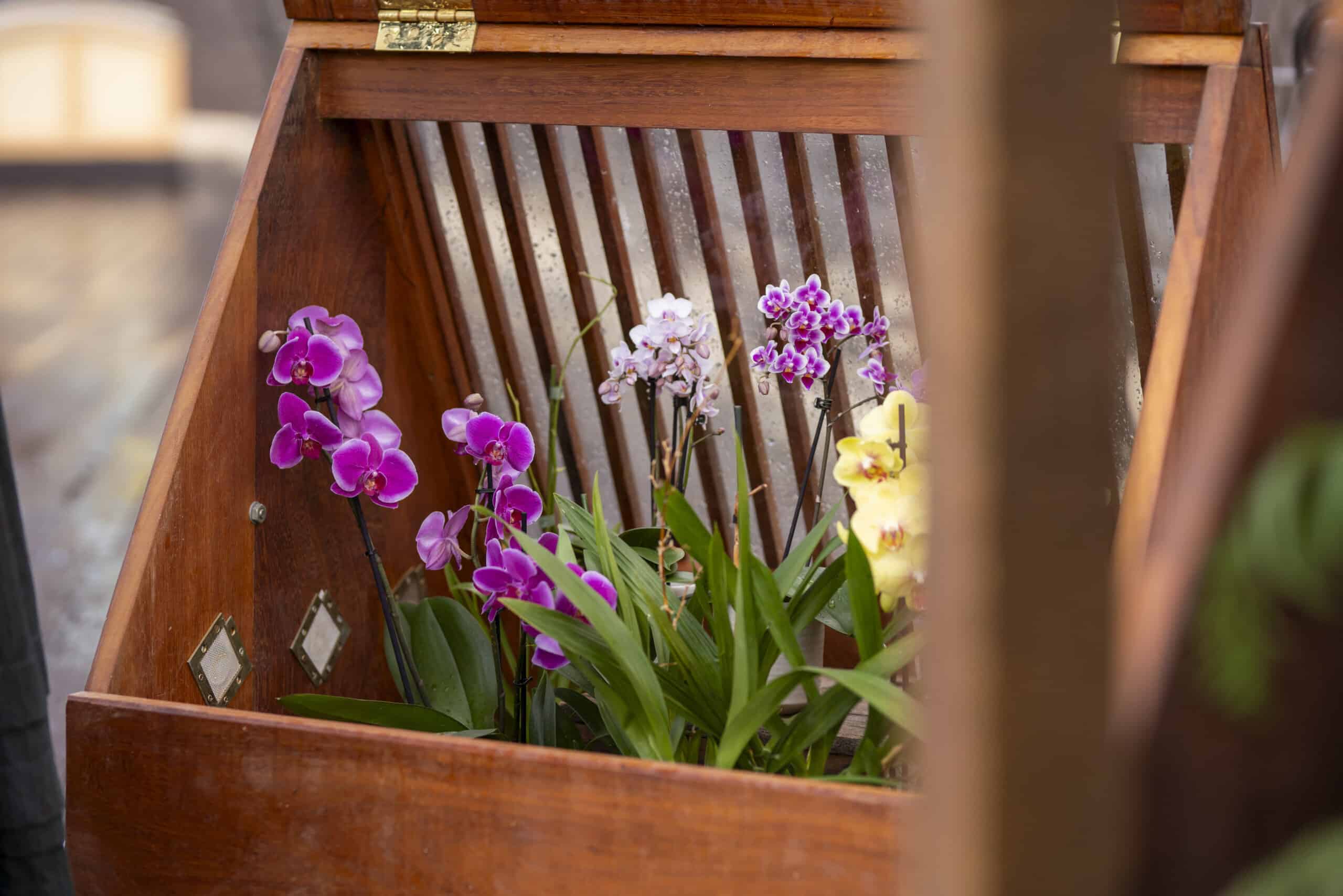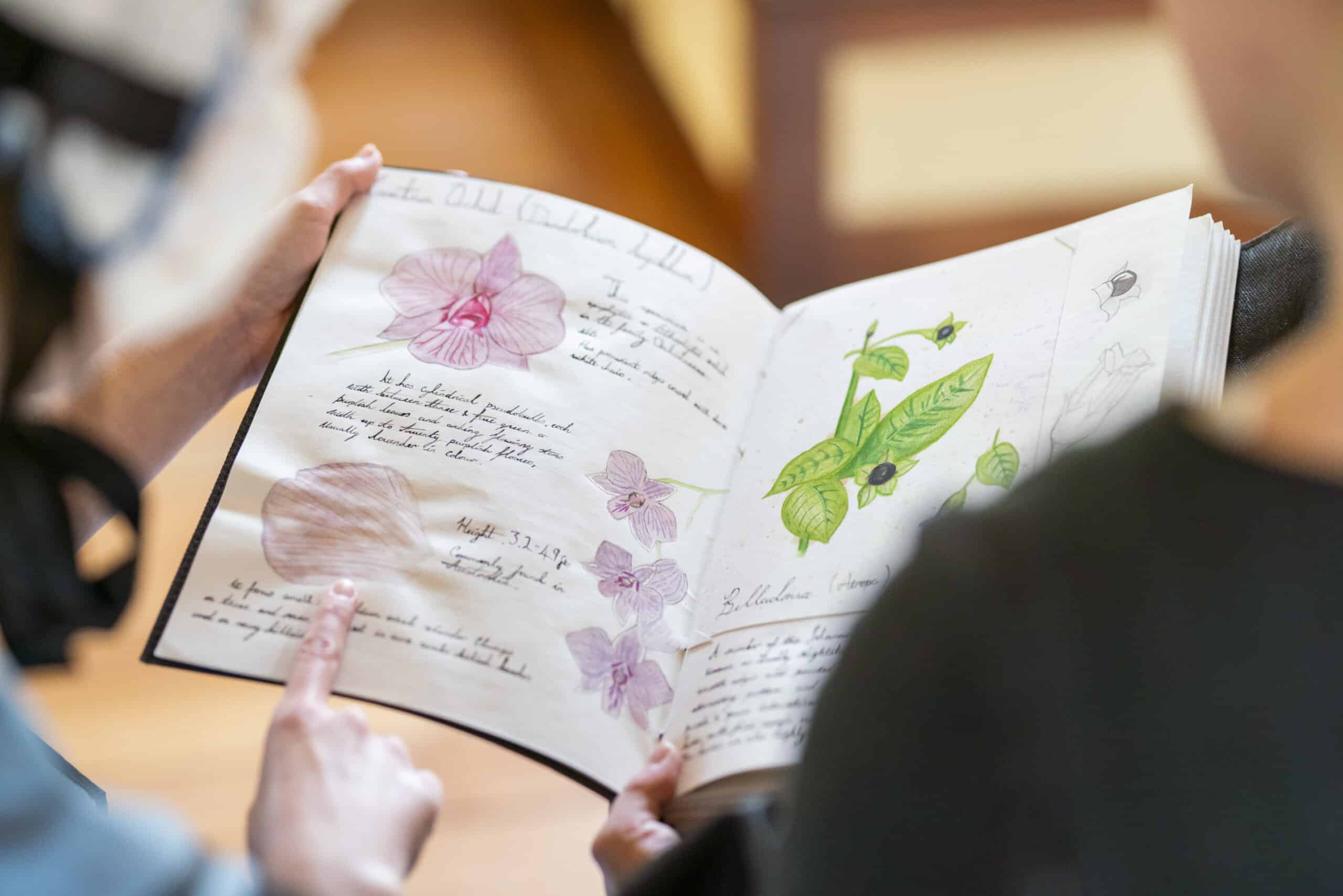Invasive Species
Some of the plants that were transported across the world inside Wardian cases during the Victorian era had detrimental consequences on the landscapes of new ecological environments. For example, we know that bramble was transported on board the SS Great Britain to Australia. However, brambles were a plant that spread out of control leaving a lasting effect on Australia’s ecosystems today..
Bramble
Rubus is a large and diverse genus of flowering plants in the rose family, Rosaceae, subfamily Rosoideae, with over 1,350 species, commonly known as brambles. The bramble forms an underground, perennial rootstock that throws up new shoots in the Spring. These have a two-year ‘life span’, i.e. they are biennial. In the first year, growth is vigorous and vegetative. If the tip of the shoot meets the soil, then it may develop roots and form a daughter plant. This is a form of vegetative or asexual reproduction; plants formed in this way will have the same genetic make-up as the parent plant. The leaves on these first-year shoots are compound and palmate (that is like an open hand) – with 5 – 7 leaflets. In the second year, lateral shoots develop which bear the flowers. The leaves on these lateral shoots are somewhat smaller. They often have 3 – 5 leaflets. The leaves have been used in various herbal remedies.

Ambassador
The Avon Wildlife Trust have teamed up with us to help us share the story of invasive species. As an environmental charity they are experts on the effects that invasive species can have on our ecosystems. We are thrilled to have them on board and thank them for their kind donation of bramble for our case – which has swiftly grown out of control, showcasing how rapid the effects of invasive species can be.







